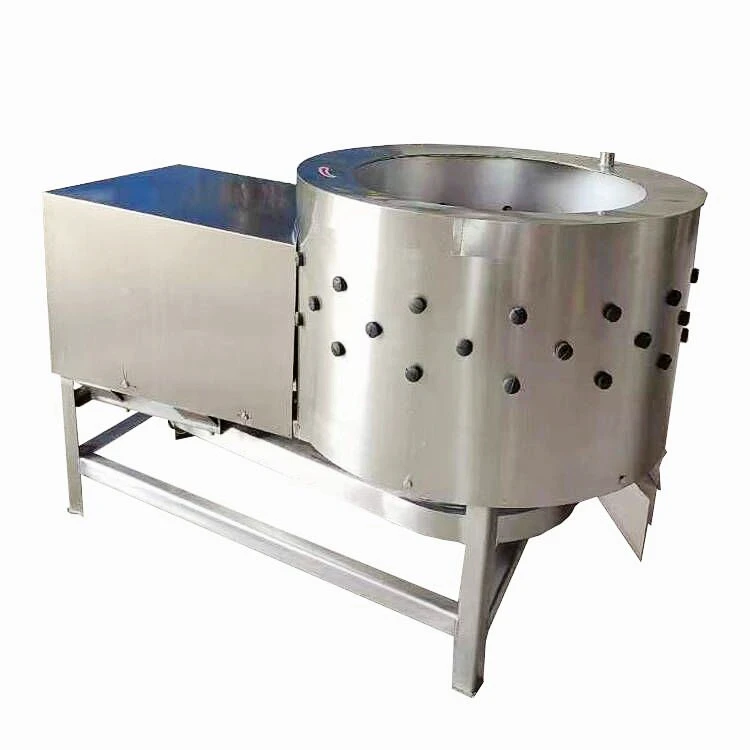Efficient Pellet Machines for High-Quality Fish Feed Production
Dec . 05, 2024 11:28 Back to list
Efficient Pellet Machines for High-Quality Fish Feed Production
The Importance of Pellet Machines for Fish Feed Production
In the aquaculture industry, the demand for high-quality fish feed has never been greater. As fish farming continues to grow globally, the need for efficient and effective feed production methods has become paramount. One of the most innovative solutions to meet this demand is the use of pellet machines specifically designed for fish feed production. These machines offer numerous benefits that not only enhance the quality of feed but also increase production efficiency.
Understanding Fish Feed Pellets
Fish feed pellets are specially formulated feeds designed to provide essential nutrients that fish need for growth, health, and reproduction. The nutritional requirements for different fish species can vary significantly, which is why a standardized pellet size and composition are critical. The primary ingredients in fish feed typically include fish meal, vegetable proteins, vitamins, and minerals, all of which can be precisely blended and processed through a pellet machine.
The Role of Pellet Machines
Pellet machines play a crucial role in transforming raw ingredients into palatable, digestible pellets. The process involves grinding the raw materials into a fine powder, mixing them with water and other additives, and then extruding them through a die to form uniform pellets. The die shape and size can be adjusted to create pellets of various sizes, catering to different species and their specific feeding habits.
Advantages of Using Pellet Machines
1. Enhanced Nutritional Value Pellet machines ensure that the feed is processed at optimal temperatures, which helps retain the nutritional value of the ingredients. This is crucial for fish health, as it directly impacts growth rates and feed conversion ratios.
pellet machine for fish feed

2. Improved Feed Efficiency The uniform size and shape of the pellets produced by these machines lead to reduced waste during feeding. Fish are more likely to consume these pellets completely, resulting in better feed conversion and reduced feed costs.
3. Tailored Formulations Pellet machines allow fish farmers to customize feed formulations based on the specific requirements of their fish stock. This flexibility enables farmers to adjust feed compositions according to growth stages, seasonal changes, and market demands.
4. Sustainability As the aquaculture industry faces pressures regarding sustainability, pellet machines provide an avenue for incorporating sustainable ingredients, such as plant-based proteins, into fish feed. This can reduce reliance on fish meal, thereby minimizing overfishing and its environmental impact.
5. Hygiene and Safety Modern pellet machines are equipped with advanced technology that ensures hygienic processing of fish feed. The high temperatures involved in the extrusion process help eliminate pathogens and toxins, which is vital for maintaining fish health and reducing disease outbreaks.
Economic Benefits
Investing in a pellet machine can lead to significant economic benefits for fish farmers. By producing their own feed, farmers can reduce dependency on commercial feed suppliers, thus lowering operational costs. Moreover, producing high-quality feed can enhance fish growth rates, leading to faster harvest cycles and increased profitability. As the global demand for aquaculture products rises, having a reliable source of quality feed can provide a competitive edge in the market.
Conclusion
Pellet machines for fish feed production represent a significant advancement in aquaculture technology. They bring together efficiency, customization, and sustainability, addressing the growing needs of the industry. As fish farming continues to expand to meet global food demands, the role of pellet machines will undoubtedly become even more critical. Farmers who embrace this technology stand to benefit not just economically, but also in terms of fish health and environmental responsibility. In conclusion, the integration of pellet machines in fish feed production is a step towards a more sustainable and efficient aquaculture future. By ensuring that fish receive the best possible nutrition, these machines help secure the industry's long-term viability and success.
-
Hot Sale 24 & 18 Door Rabbit Cages - Premium Breeding Solutions
NewsJul.25,2025
-
Automatic Feeding Line System Pan Feeder Nipple Drinker - Anping County Yize Metal Products Co., Ltd.
NewsJul.21,2025
-
Automatic Feeding Line System Pan Feeder Nipple Drinker - Anping County Yize Metal Products Co., Ltd.
NewsJul.21,2025
-
Automatic Feeding Line System - Anping Yize | Precision & Nipple
NewsJul.21,2025
-
Automatic Feeding Line System - Anping Yize | Precision & Nipple
NewsJul.21,2025
-
Automatic Feeding Line System-Anping County Yize Metal Products Co., Ltd.|Efficient Feed Distribution&Customized Animal Farming Solutions
NewsJul.21,2025






